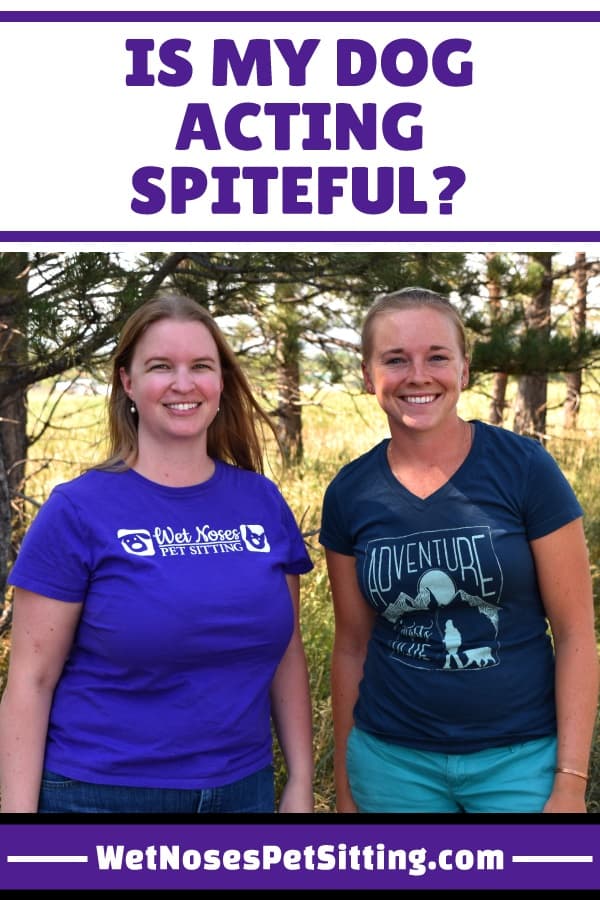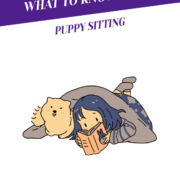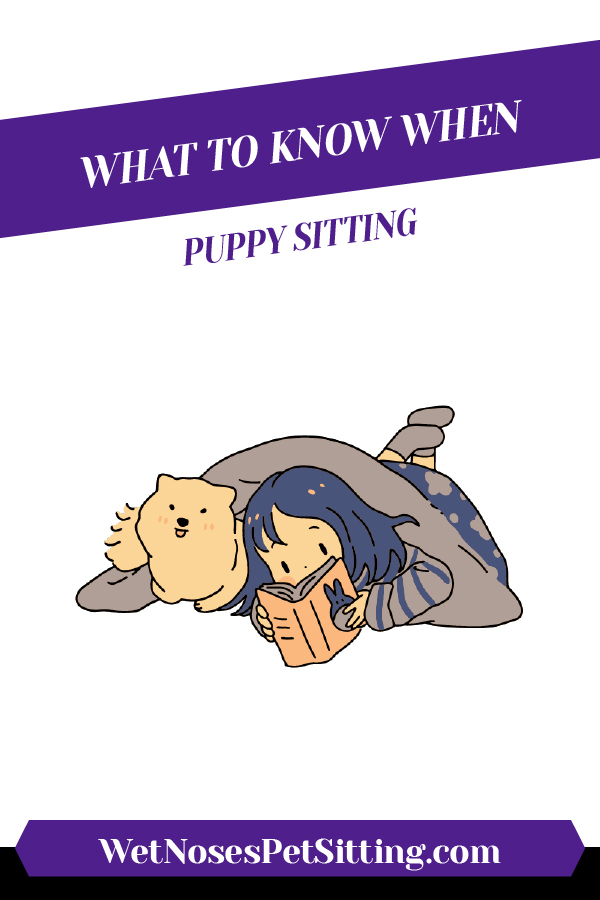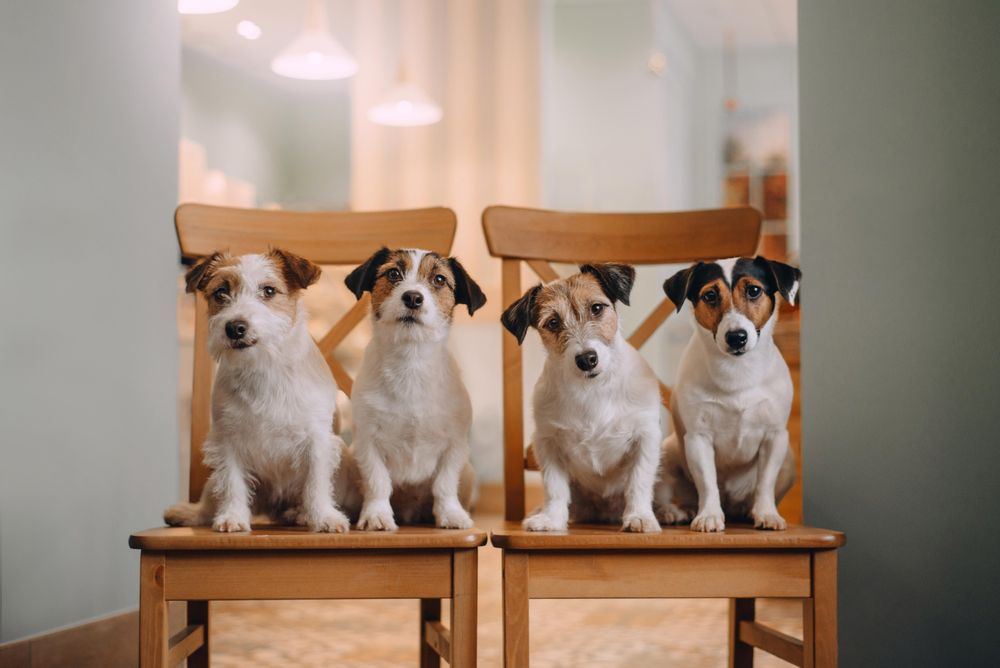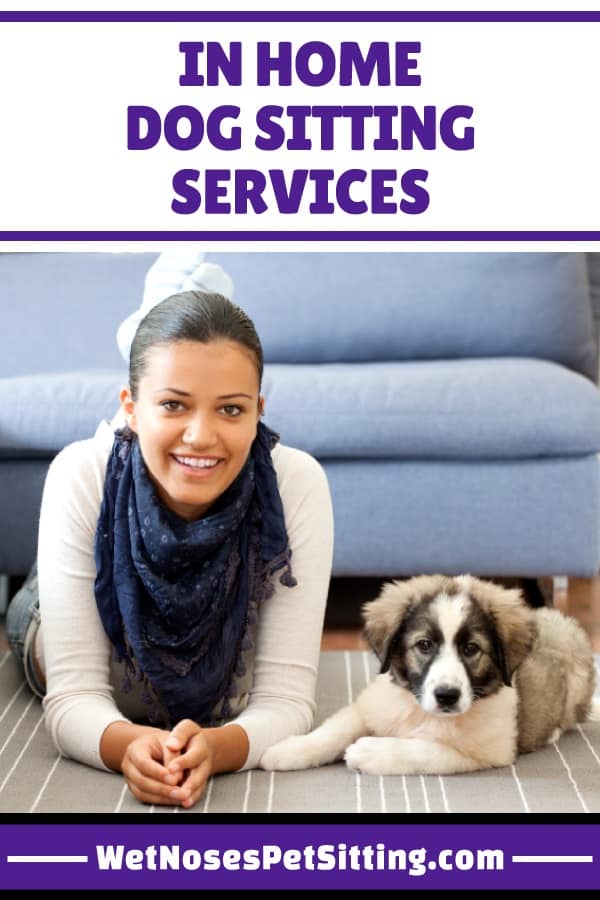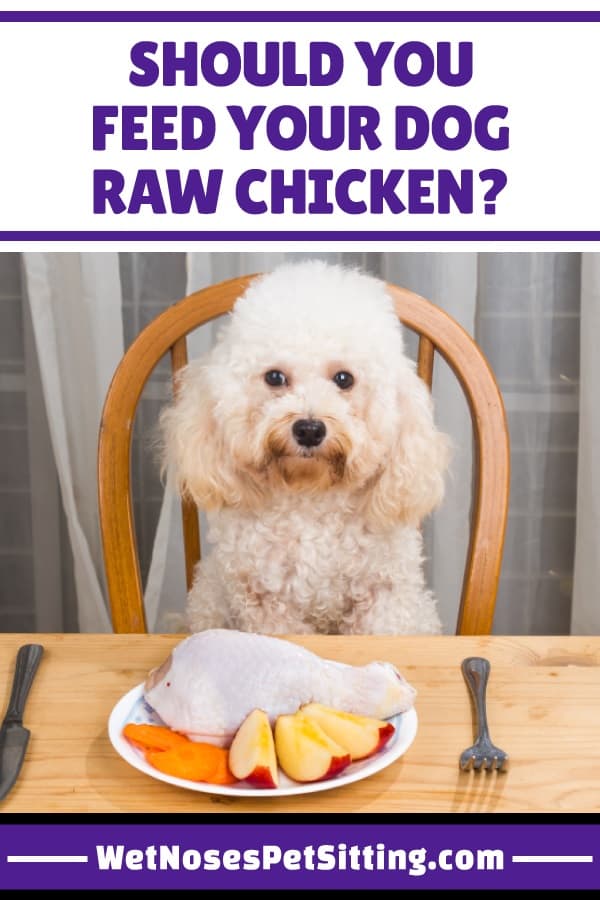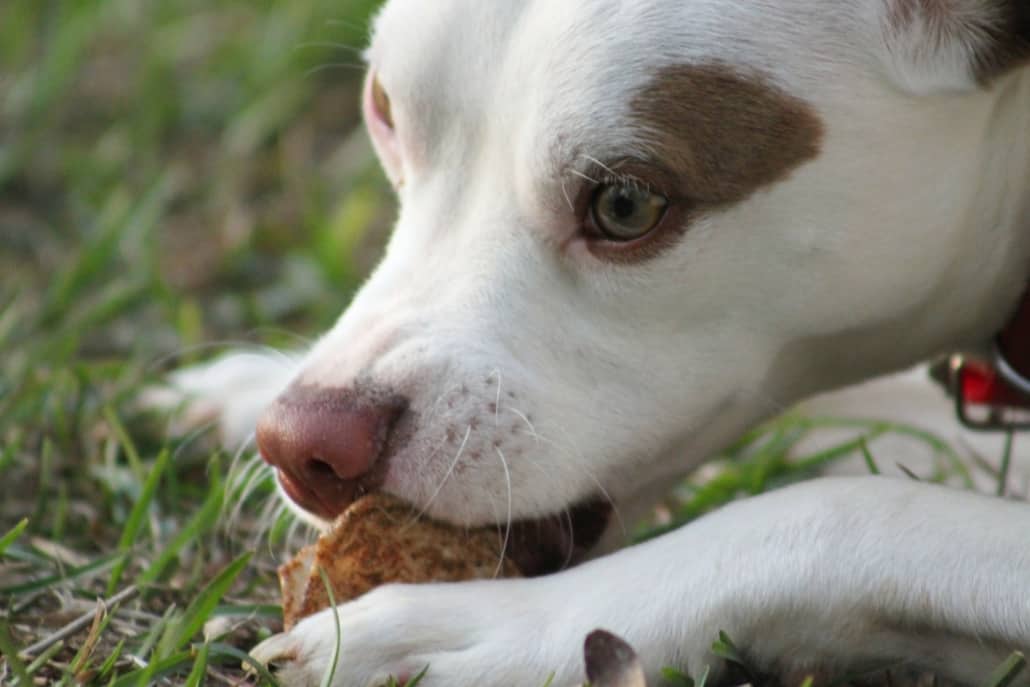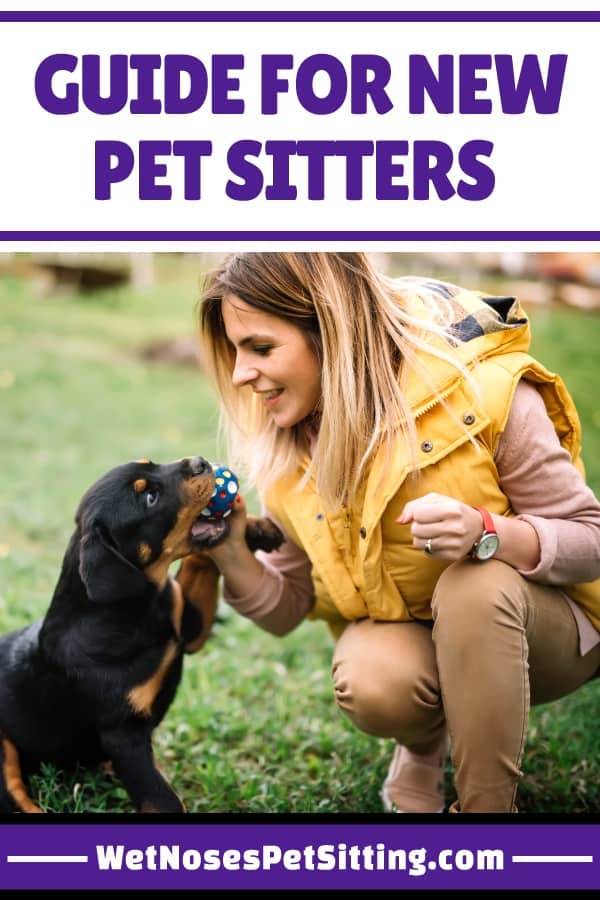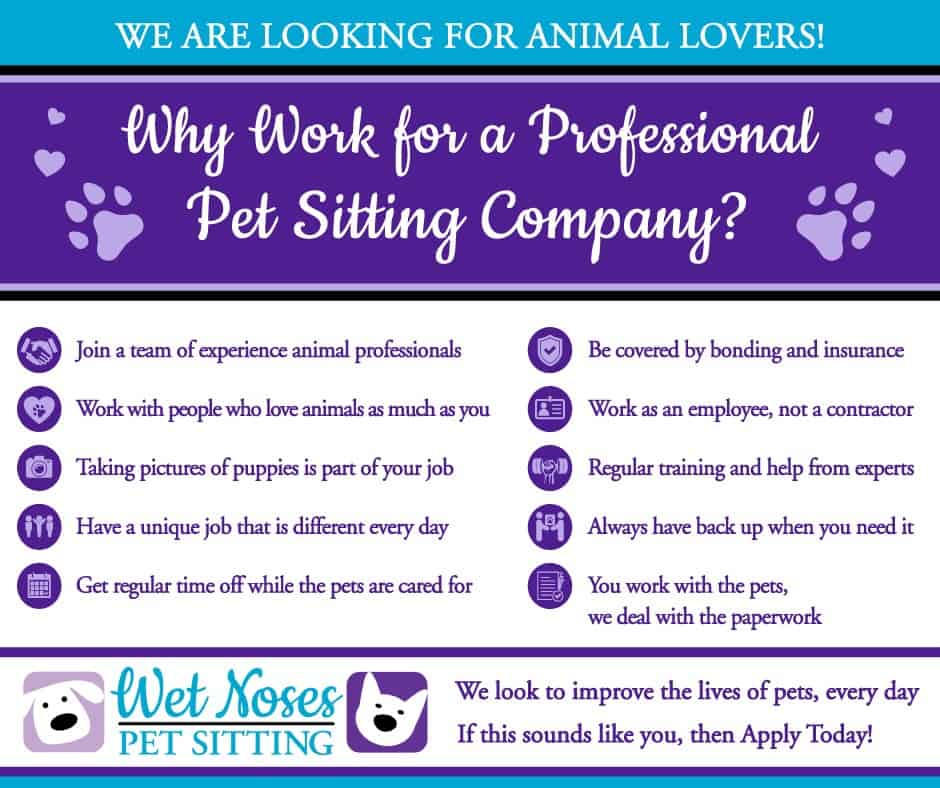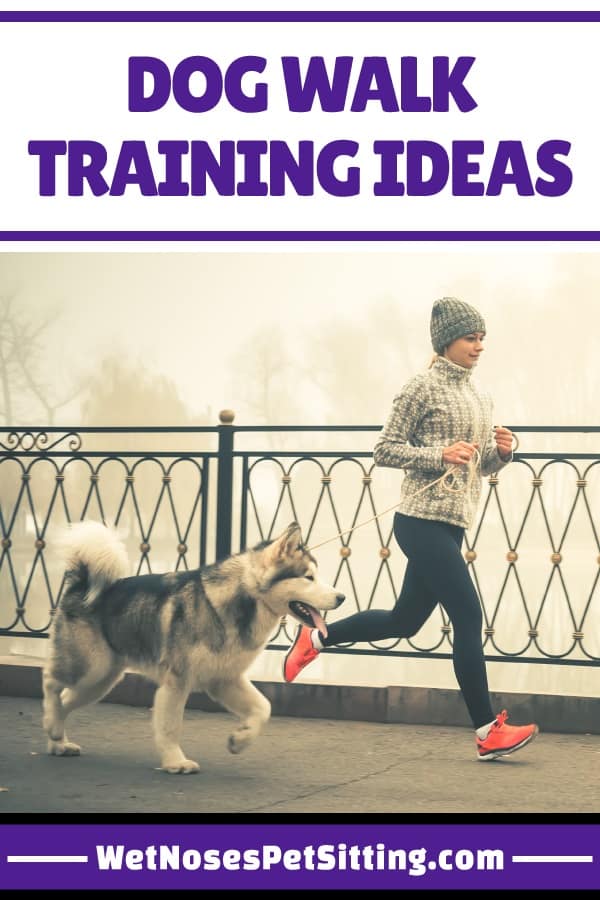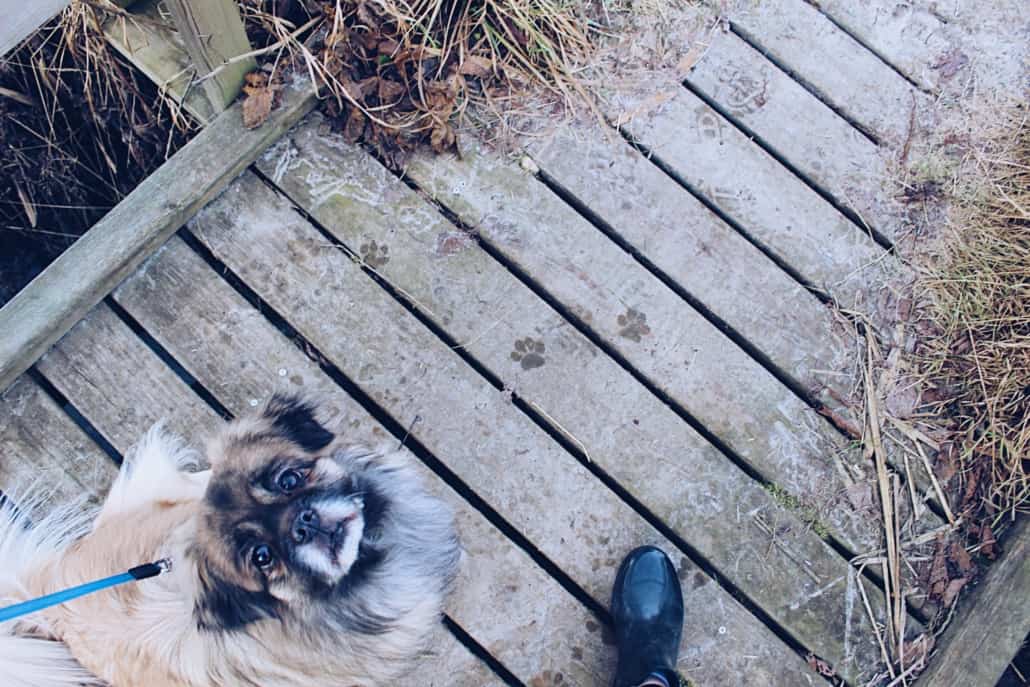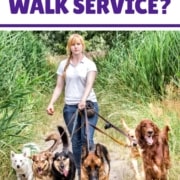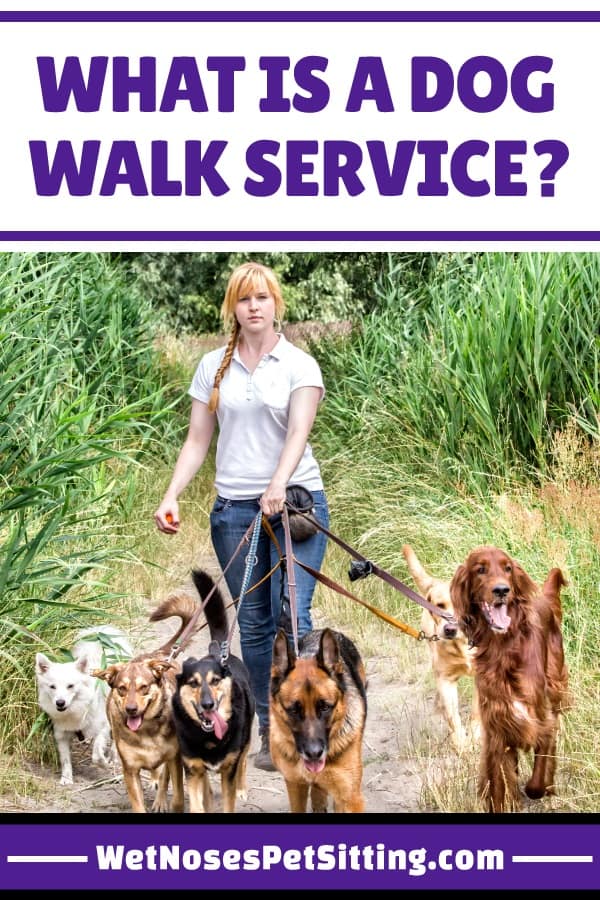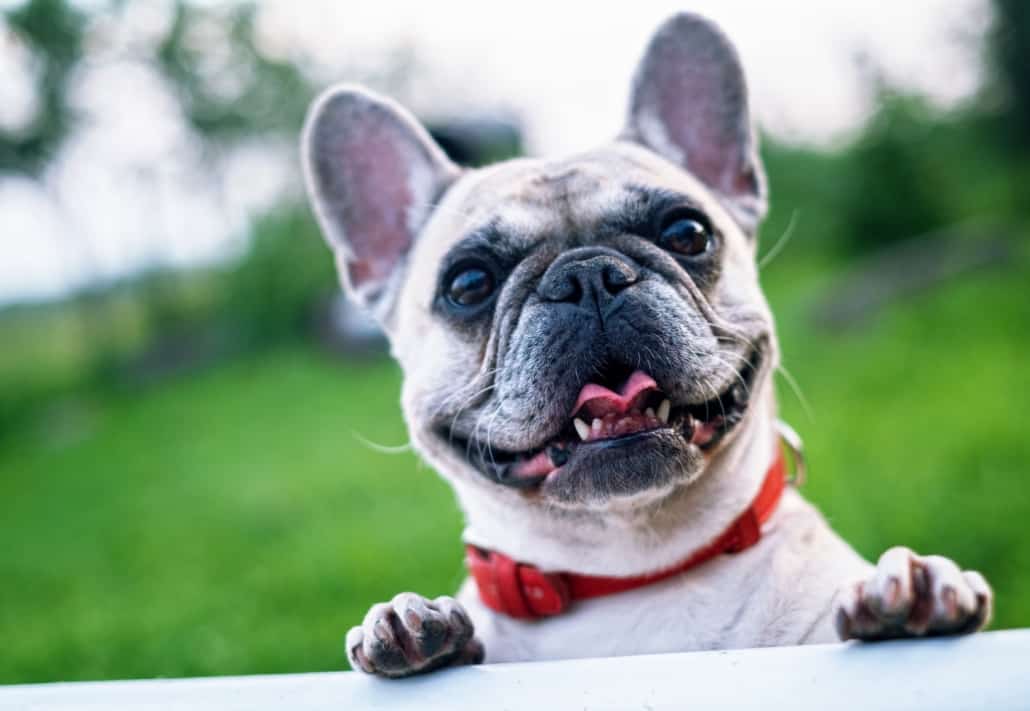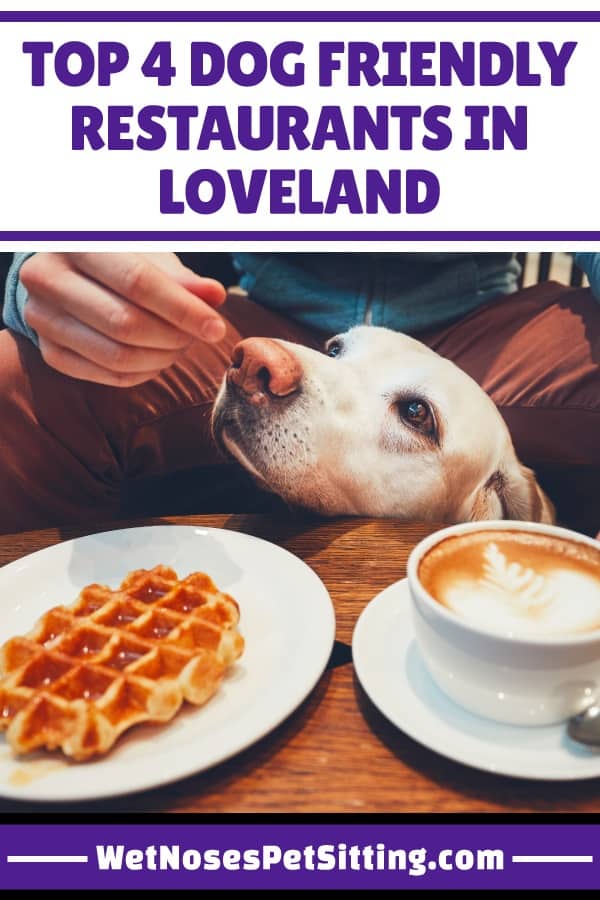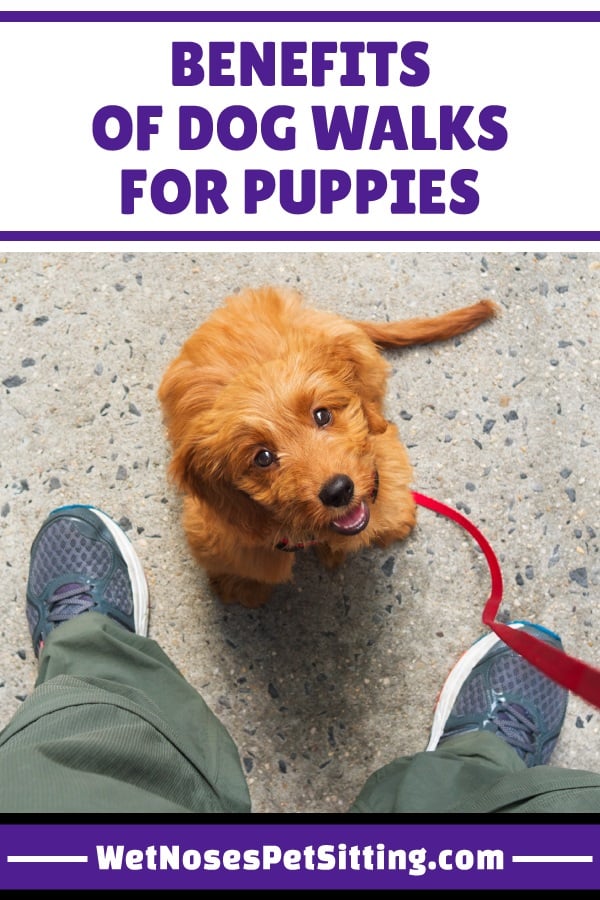
Are you one of the many pet lovers living in Windsor? Or maybe you are thinking of getting a pet soon. Either way, eventually you will need a Pet Sitter, Dog Walker, Cat Sitter, Vet, Dog Trainer, Groomer, Rescue or Pet Shop.
But how do you find the best solution for you and your pets? We have put together a list of resources for pet lovers to make this easier for you!
Windsor Pet Sitter

Choosing the right pet sitter for your pet can be difficult. You want to ensure your sitter is correct for your household and your pets. Because of that, we put together an ebook A Pet Owner’s Guide to Hiring a Pet Sitter or Dog Walker to give you all of the information you need to hire a pet sitter that is a good match for you.
Download our printable checklist on Hiring a Pet Sitter or Dog Walker to help in your search.
To learn more about our pet sitters take a look at our About Us page. To learn about our services, visit our Services page.
If you have a pet sitter and want to make sure you are prepared for your trip, download our Preparing for Your Pet Sitter Checklist.
Windsor Dog Walker

Dog walkers are great for dogs who have a lot of energy and people who do not have enough time. A dog walk can be nice for a day when you work late, or just cannot get away to take out your pup. To learn about how to hire a dog walker, take a look at our ebook A Pet Owner’s Guide to Hiring a Pet Sitter or Dog Walker. This can guide you through why you may need a dog walker, how they work and how you find one that is a wonderful match for your household.
If you want to learn about the Benefits of Regular Dog Walks, read our recent article. If you want to learn about our dog walking services, take a look at our services page.
Pet Supply Stores Around Windsor

Windsor is not as large as Fort Collins but there is still a great place to do your shopping! We are a huge fan of shopping local whenever possible, and we believe locally-owned stores tend to have better-educated employees to give you advice.
We have collected a list of our favorite pet supply stores in town:
A good pet supply store should be able to offer suggestions on products based on your pet’s health needs. Ask some questions and if you do not feel comfortable then try a different store.
Windsor Rescues

As such an animal-friendly city, Windsor has a wide variety of rescues. It would be impossible to list them all here, but we wanted to provide you the groups that are large and most likely to be able to meet your needs. Whether you want to adopt a new pet or just have questions, these rescues are all great!
Here are the rescues most likely to be of assistance:
- Humane Society of Weld County – General shelter for Weld County. They have adoptable animals and accept surrenders.
- Windsor Animal Control – If you are having an animal-related problem in Windsor contact them at (970) 686-7433
- Weld County Animal Control – These are the folks you contact for animal issues in unincorporated Weld County.
- Larimer Humane Society – General shelter for Larimer County. They also house animal control, pet licensing and concerns about rabid wildlife. Although Windsor is in Weld County, parts of Windsor are technically a Fort Collins address.
- Big Bones Canine Rescue – Specializing in rescue for Mastiffs and Great Danes.
If one of these organizations cannot answer your questions, they will refer you to someone who can.
Windsor Veterinarians

With Windsor being so CSU Veterinary Teaching Hospital, we are flush with amazing veterinarians. Choosing a veterinarian that is a good fit for you can make a huge difference in the life of your and your pets.
Here is a list of veterinarians in Windsor:
Learn more about each of these clinics to see which one is a good match for you! Best Vets in Windsor
If you need help choosing your new veterinarian, read our recent article 5 Tips to Picking a Veterinarian You Love.
Windsor Emergency Veterinarians

When you have a pet emergency, you want to make sure to get the best care for your animal, no matter what time of day! Emergency vet clinics are open 24/7, 365 days a year and can be a lifesaver when you need one. It is important to know where your closest clinic is so you know where to go right away.
Here are emergency veterinary clinics:
Windsor Dog Trainers

All dogs can use a little training, whether it be the normal sit and stay or learning how to stop your puppy from chewing on your shoes. Plus training classes can be fun for you and your dog to have some bonding time! Dogs are smart animals and need to use their brains to keep them from getting bored.
Here are trainers that use positive reinforcement training:
When choosing a dog trainer you want to pick one that works with your dog in a positive and fear-free manner.
Windsor Dog-Friendly Hotels

If you are coming to Windsor to visit or if you find yourself needing to stay in a hotel for a while, you want to have a hotel that is friendly for your dog.
We have made a list of hotels that are dog friendly and wonderful for you!
If you are visiting Windsor and need to leave your dog while you go out for an activity, consider having a pet sitter come to stay in your hotel. This will give your dog company and make sure she does not get in any trouble while you are gone. We provide extended stays for these types of trips which you can learn about in our services.
Windsor Dog Groomers

A good haircut is important to the health and happiness of your dog. Considerate groomers can make the grooming process as easy as possible.
We have collected a list of groomers in Windsor:
If you would like to get tips on how to pick the perfect groomer, read our recent article 5 Places for Dog Grooming in Fort Collins.
Self-Service Dog Washes in Windsor

If your dog does not need all the trimmings, it can sometimes be easier to clean them up yourself. It is wonderful to go to a self-service dog wash where you can use their space to get your pup clean without making a mess of your bathroom.
We have collected a list of self-service dog washes in Windsor:
To learn more about costs of using a self-service dog wash, read our recent article How Much Does it Cost to Use a Self Service Dog Wash?
Windsor Catteries

When you are traveling you can either hire a pet sitter or board your cat in a cattery. There are advantages of each, and if you decide to board your cat there are a variety of options.
We have collected a list of catteries in Windsor:
If you are considering hiring a pet sitter, look at the advantages of cat sitting and take a look at our services.
Dog Boarding Kennels in Windsor

When leaving town you can either hire a pet sitter or board your dog in a kennel.
We have collected a list of the top places to board your dog in Windsor:
If you are considering pet sitting, read our recent article Why Should I Hire a Dog Sitter, and look at our services.
Windsor Doggy Daycare

When your dog needs some extra exercise, you have two options:
- Send your dog to daycare
- Hire a dog walker to exercise your dog
Dog daycare can be great for well-socialized dogs who enjoy the company of other dogs. If you are unsure if daycare is a good option, read our recent article Doggy Daycare vs Dog Walker.
We are currently unaware of any dog daycares in Windsor. Sorry!
If you are thinking about using a dog walker take a look at our services.
Windsor Poop Scooper

If you love your dog but do not love cleaning up after him then you may need a poop-scooping company!
Top Pet-Friendly Restaurants in Windsor

During nice weather, it can be a bonus to be able to take your dog with you when you go out to eat. In Windsor we have many, many food options to choose from, so you might as well pick one where you can bring your pup!
These are good pet-friendly restaurants in Windsor:
Windsor Dog Parks

In Windsor, folks love their dogs and we want them to have as much fun as possible! For well-socialized dogs, that can mean a trip to the dog park is a wonderful way to get those zoomies out!
Here in Windsor, we have 2 dogs parks, learn about them here!
To learn more about dog park rules in Windsor take a look at this article.
Windsor Dog-Friendly Hiking Trails

Hiking is one of the most popular hobbies in Colorado, for good reason. The trails are beautiful all year round and there are many where you can bring your furry friend with you.
Two of our favorite Windsor trails are:
- Windsor Lake Trail & Dog Park
- Poudre River Trail
Do you have a resource you think should be added to the Pet Lovers Guide to Windsor? Let us know via our contact form so we can check it out!


